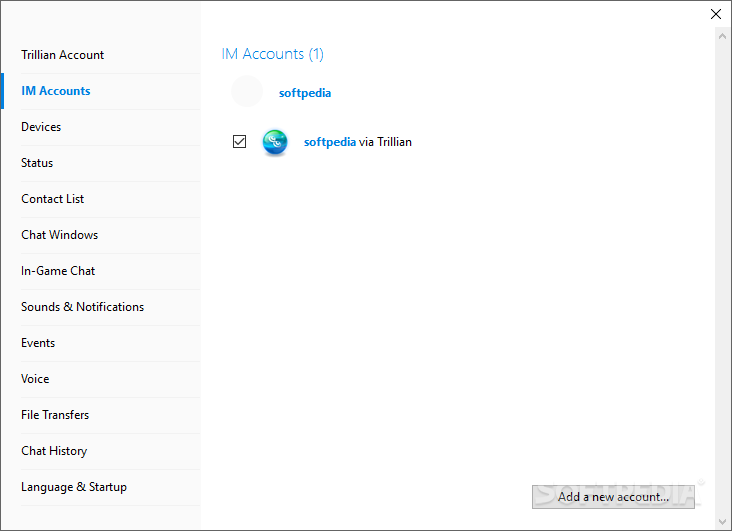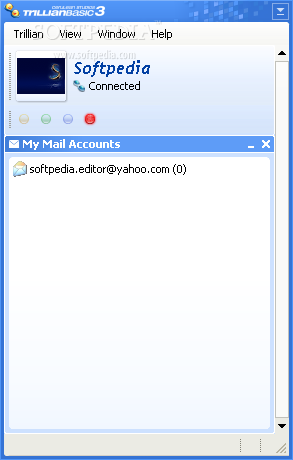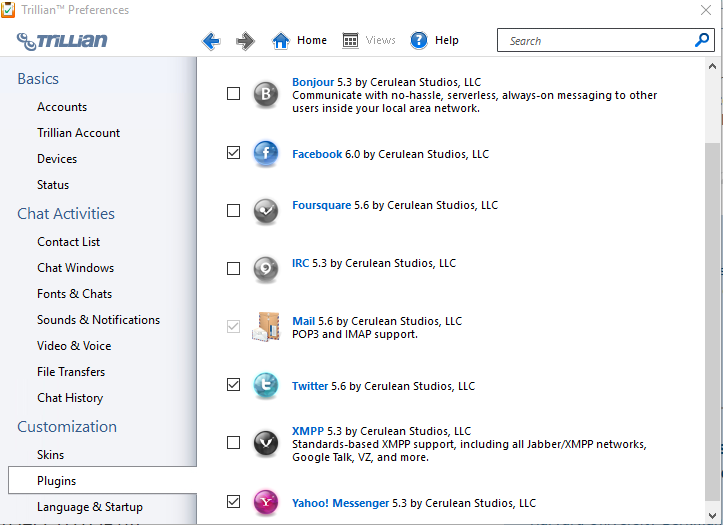
Luckily, this is the golden age of communication and there are loads of alternatives to Slack, each offering distinct capabilities to suit teams of all sizes and functions.īelow, we’ll help you sort through them so you can make the best choice for your business. It may not be completely private – Questions have been raised surrounding Slack’s handling of user data, as well as the threat that the ever-growing number of third-party app integrations pose to the platform and the organizations using it.Īs you can see, Slack isn’t without drawbacks.


And if you’re thinking of turning off notifications, other team members can bypass your Do Not Disturb mode. What’s more, anyone who posts a message resulting in a thread then gets notifications about replies. That’s a lot of buried messages and missed details. It’s complicated and disruptive – If you’re part of multiple teams or groups, you face separate workspaces for each team and separate logins.There’s a freemium version, but that limits you to 10K searchable messages and 10 integrations. It’s expensive – At $6.67 per user/month for Standard and $12.50 per user/month for Plus, Slack is out of reach for many startups or small to medium-sized enterprises.And if your team isn’t making use of those integrations, you’re practically pouring money down the drain, because Slack isn’t cheap. That said, those integrations render many of Slack’s capabilities a result of other apps and technologies. The same goes for Slack’s top-dog status in the integrations category. Slack’s success and popularity are undisputed. Slack also makes strong use of user feedback, taking customer suggestions on board in order to grow more iteratively.

Slack delivers a social-media-like user experience through a hip interface that’s filled with notifications, emojis, GIFs, memes, and other such goodies. According to Slack, the chat software connects with more than 2,000 other tools and apps.

Which Slack Alternative Is for Your Team?.


 0 kommentar(er)
0 kommentar(er)
